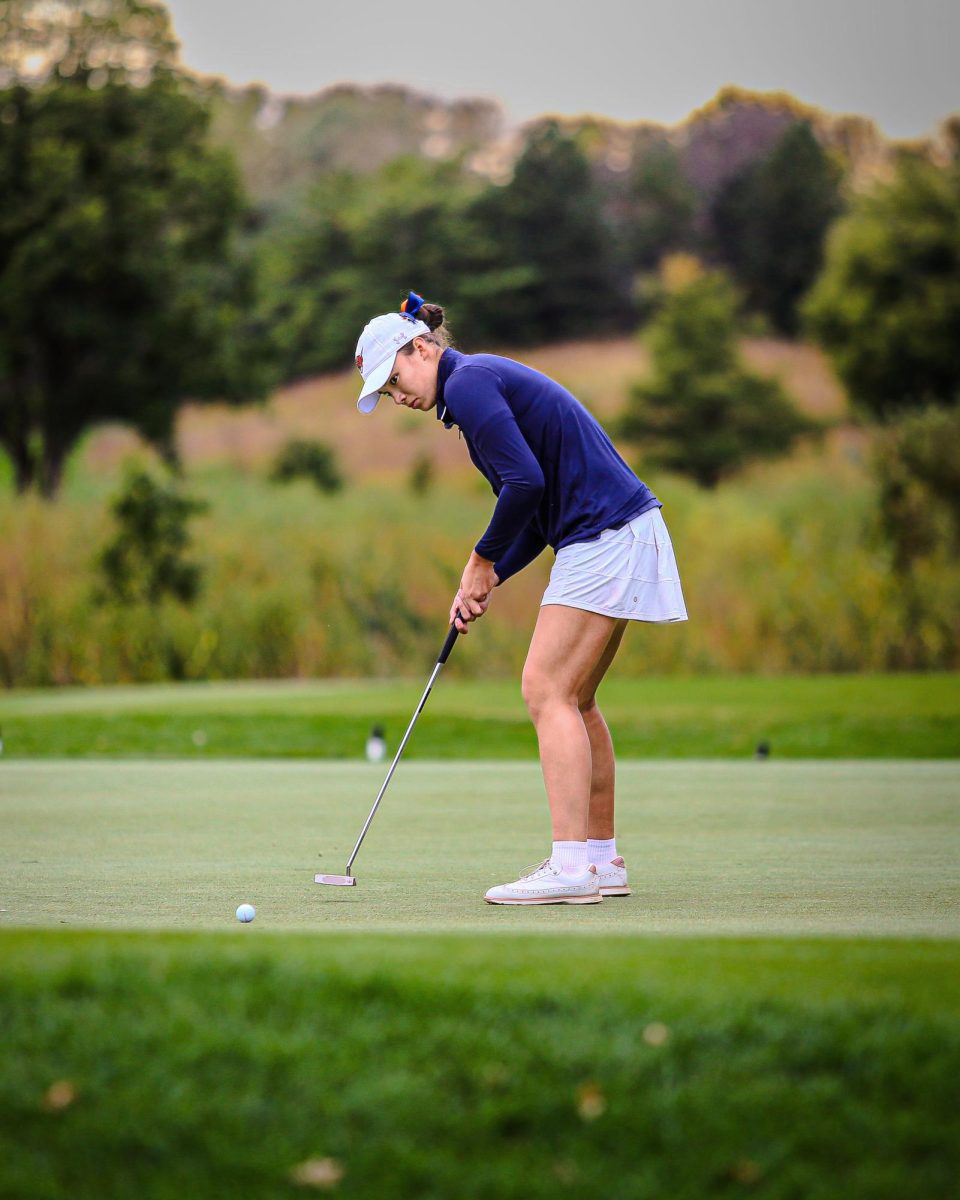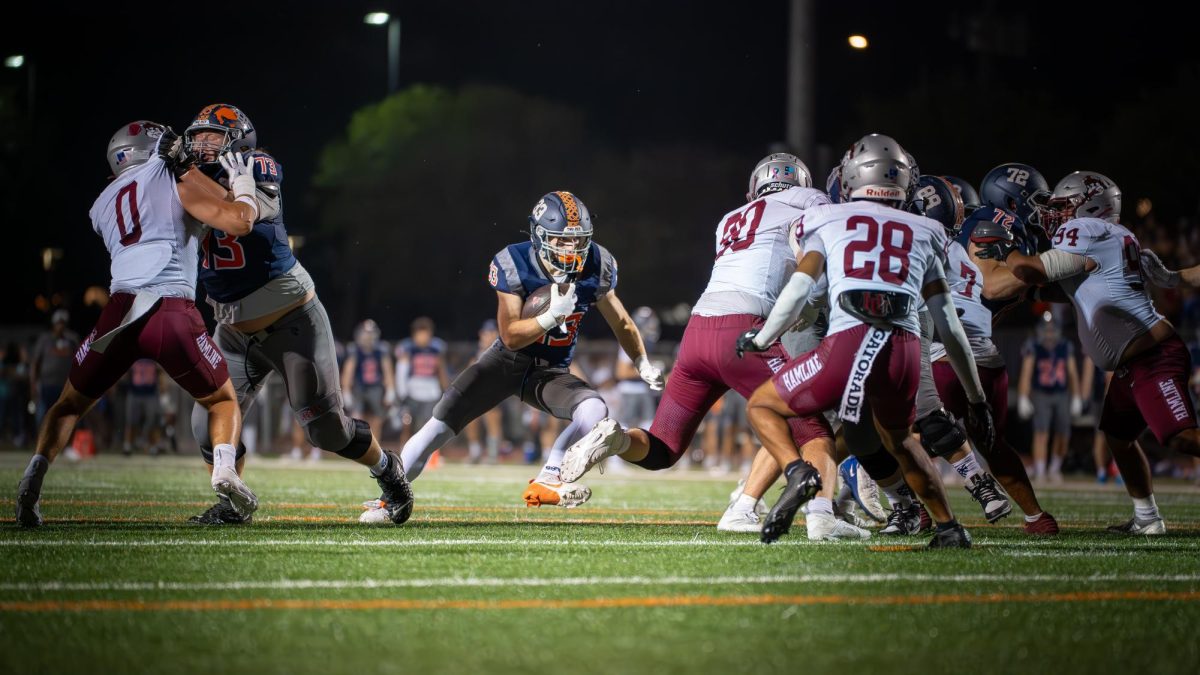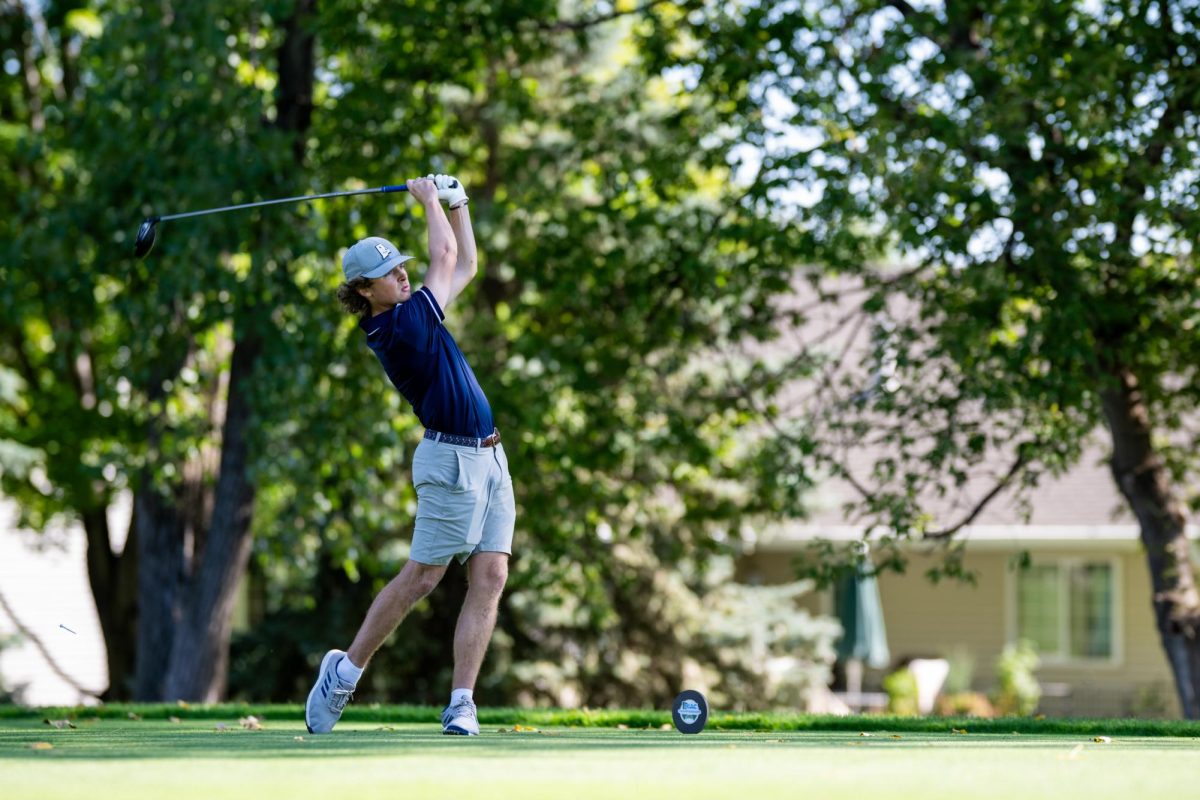In a move inevitable and long overdue, president of the National College Players Association Ramogi Huma organized a group of Northwestern football players on Tuesday, Jan. 28 and announced the founding of the first union for NCAA athletes. Aligned with the United Steelworkers Union, the group seeks compensation for the six billion dollars in revenue that college athletics generate for the NCAA every year.
Debates over whether scholarships are satisfactory reimbursement have waged for decades. No singular event propelled Huma and co. to establish the union, but an increase in the frequency of bribery scandals and concern over the long term mental health of college football players contributed to momentum for the issue.
In response to the report filed by Huma, the NCAA must prove that student athletes are not employees. Naysayers can wax poetic about the value of scholarship all they want, but 40 hours each week, which is a very conservative estimate of the amount of time athletes at major institutions spend practicing and playing, is a work week by any definition.
For those who believe that a full scholarship to a four-year institution is more than enough reward for what college football players do, consider the in-season lives of major college football players. The forty-plus hours per week dedicated to their teams leaves essentially no time for them to be employed part-time elsewhere, and that’s before the hours spent on academics has been factored in. Thus, it is virtually impossible for major college athletes to legally make money over the course of their time at school. Huma cited a former all-American teammate, Donnie Edwards, as a victim of the NCAA’s abuse in a recent interview with NPR. Edwards had no money to pay for living expenses such as groceries, and thus accepted them as gifts from generous benefactors, for which he was suspended. Without coverage from the NCAA, players like Edwards have nowhere to turn for help with such matters under the current rules.
The NCAA’s defense relies on a faulty definition of “amateurism.” Defenders of the often inconsistent and always wrong association will argue that keeping money away from the hands of the players keeps college athletics purer than professional sports because participants are supposedly playing for the love of the game rather than personal glory and a paycheck. Yet, as college coaches, athletic directors and other officials strive to make money just as stridently as their NFL counterparts, that assertion falls flat.
I would find the NCAA’s defense less objectionable if not for the NFL’s age minimum, which requires any player who wishes to play in the league to be three years removed from graduating high school or an equivalent. This rule makes it virtually impossible for anyone to make it to the NFL without going through the NCAA. Thus, a young football star has absolutely no hope for any sort of income until he’s at least 20.
Refusing major Division I athletes employee status allows for an immeasurable amount of corruption. The NCAA gives superstar athletes a lot of incentive to turn to boosters and agents who offer players money now in exchange for a percentage of their future earnings. These vultures feed off the desperation of young people who are constantly told to just wait a little longer to be compensated. It is exceedingly reasonable for an athlete to accept these bribes, as accepting money during one’s time at a university is considered immoral only because the NCAA deems it illegal.
Perhaps the most damning aspect of the status quo for the NCAA is that it allows the institution to take little to no responsibility for serious injuries. Data on the increase of concussions across sports insists that the NCAA provide better long-term health care for football players whose permanent mental health was irreconcilably altered during their time at school. Equally troubling is the relative ease with which universities can drop student-athletes from their scholarships should they become useless to the team.
A strong union could ensure economic stability for athletes with no living expenses, decrease outside corruption in the NCAA, secure athletes’ standing at the school regardless of injuries and provide health care for football players suffering from head injuries long after graduation. For the first time in modern college sports, there is a serious threat to the multi-billion dollar corporation that blatantly takes advantage of thousands of athletes every year.







Isaac Newman • Sep 11, 2019 at 5:56 pm
Hey there! I simply wish to offer you a huge thumbs up for your excellent information you have here on this post. I will be returning to your blog for more soon.
Harry Underwood • Sep 10, 2019 at 12:00 pm
Oh my goodness! a tremendous article dude. Thank you Nevertheless I am experiencing difficulty with ur rss . Don’t know why Unable to subscribe to it. Is there anybody getting similar rss problem? Anyone who is aware of kindly respond. Thnkx
Carl Rees • Sep 4, 2019 at 10:07 pm
I don’t even know how I finished up here, however I thought this publish was once great. I do not recognize who you’re however definitely you are going to a well-known blogger should you are not already 😉 Cheers!